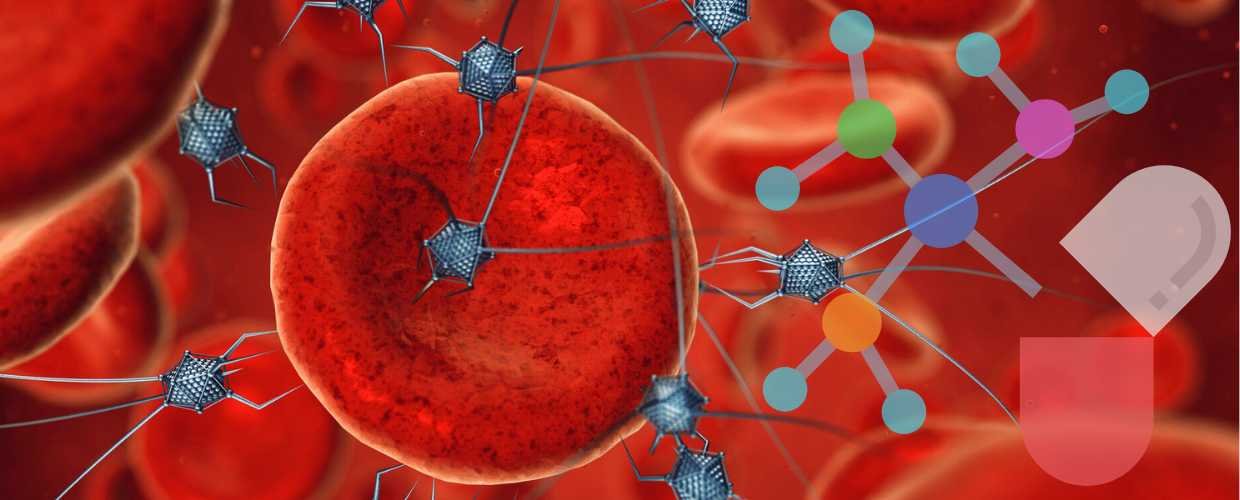Key Points
- Nanomedicine is set to transform healthcare by enabling personalized and minimally invasive treatments.
- Nanotechnology allows for the high accuracy of targeting specific cells, genes, and molecules.
- Nanoparticles can deliver medications directly to affected areas, improving treatment effectiveness and reducing side effects, especially in cancer therapy.
- It can be used for early disease detection by binding to specific biomarkers, aiding in the proactive diagnosis of conditions like cancer and heart disease.
In a groundbreaking leap towards personalized and minimally invasive healthcare, nanomedicine has emerged as a beacon of hope. It promises to revolutionize how we diagnose, treat, and prevent diseases. This burgeoning field is poised to reshape the healthcare landscape, combining the precision of nanotechnology with the intricacies of medical science.
Imagine a world where diseases are intercepted and eliminated at their very inception without the need for invasive surgeries or potent drugs. Nanomedicine, combining nanotechnology and medicine, is making this vision a reality. Doctors can now target specific cells, genes, and even individual molecules with unprecedented accuracy by manipulating nanoparticles on a molecular scale.
One of the most promising aspects of nanomedicine is its potential to deliver highly targeted drug therapies. Tiny nanoparticles, often smaller than individual cells, can be designed to transport medications directly to affected areas within the body. It enhances the effectiveness of treatments and minimizes side effects by avoiding damage to healthy tissues. Imagine cancer treatments that precisely attack tumor cells while leaving surrounding healthy tissue unharmed.
Moreover, nanomedicine is poised to elevate diagnostics to new heights. Nanoparticles coated with molecules that bind to specific biomarkers can be introduced into the body, offering early detection of diseases such as cancer, heart conditions, and neurodegenerative disorders. This proactive approach to diagnosis holds the key to nipping potentially life-threatening conditions in the bud.
The potential of nanomedicine extends beyond the conventional realms of medicine. Researchers are exploring the integration of nanotechnology with other fields, such as artificial intelligence and robotics. Nanobots, microscopic robots, could be designed to perform intricate tasks within the body, like clearing clogged arteries or repairing damaged tissues. However, as with any burgeoning technology, challenges lie ahead. Ensuring the safety of nanoparticles, understanding their potential environmental impact, and addressing ethical concerns are paramount as nanomedicine inches closer to widespread adoption.
The future of healthcare is undeniably intertwined with the promise of nanomedicine. As research progresses and breakthroughs continue to unfold, the prospect of a world where diseases are detected and treated at the molecular level becomes increasingly tangible. With nanomedicine at the forefront, the boundaries of what is medically possible are expanding, ushering in an era of personalized, precise, and profoundly transformative healthcare.












